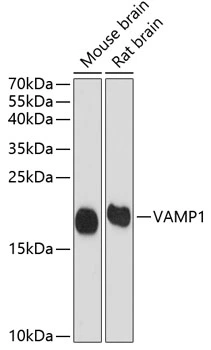
WB analysis of various sample lysates using GTX66029 VAMP1 antibody. Dilution : 1:1000 Loading : 25microg per lane
VAMP1 antibody
GTX66029
ApplicationsWestern Blot, ImmunoHistoChemistry, ImmunoHistoChemistry Paraffin
Product group Antibodies
ReactivityHuman, Mouse, Rat
TargetVAMP1
Overview
- SupplierGeneTex
- Product NameVAMP1 antibody
- Delivery Days Customer9
- Application Supplier NoteWB: 1:500 - 1:2000. IHC-P: 1:50 - 1:100. *Optimal dilutions/concentrations should be determined by the researcher.Not tested in other applications.
- ApplicationsWestern Blot, ImmunoHistoChemistry, ImmunoHistoChemistry Paraffin
- CertificationResearch Use Only
- ClonalityPolyclonal
- ConjugateUnconjugated
- Gene ID6843
- Target nameVAMP1
- Target descriptionvesicle associated membrane protein 1
- Target synonymsCMS25, SAX1, SPAX1, SYB1, VAMP-1, vesicle-associated membrane protein 1, spastic ataxia 1 (autosomal dominant), vesicle-associated membrane protein 1 (synaptobrevin 1)
- HostRabbit
- IsotypeIgG
- Protein IDP23763
- Protein NameVesicle-associated membrane protein 1
- Scientific DescriptionSynapotobrevins, syntaxins, and the synaptosomal-associated protein SNAP25 are the main components of a protein complex involved in the docking and/or fusion of synaptic vesicles with the presynaptic membrane. The protein encoded by this gene is a member of the vesicle-associated membrane protein (VAMP)/synaptobrevin family. Mutations in this gene are associated with autosomal dominant spastic ataxia 1. Multiple alternative splice variants have been described, but the full-length nature of some variants has not been defined. [provided by RefSeq, Jul 2014]
- ReactivityHuman, Mouse, Rat
- Storage Instruction-20°C or -80°C,2°C to 8°C
- UNSPSC12352203

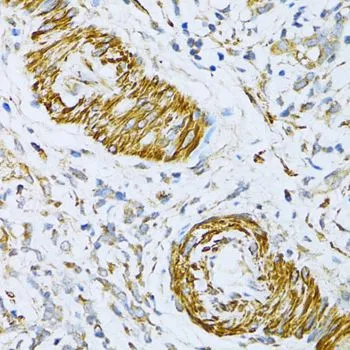
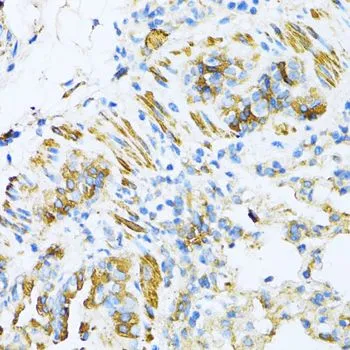
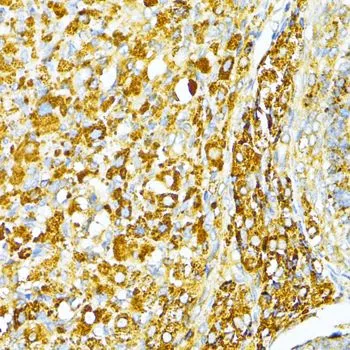
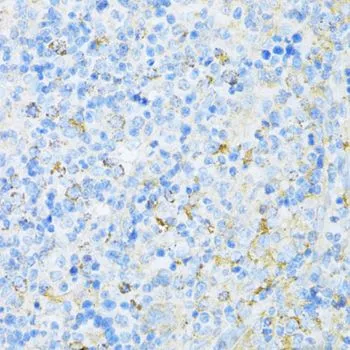

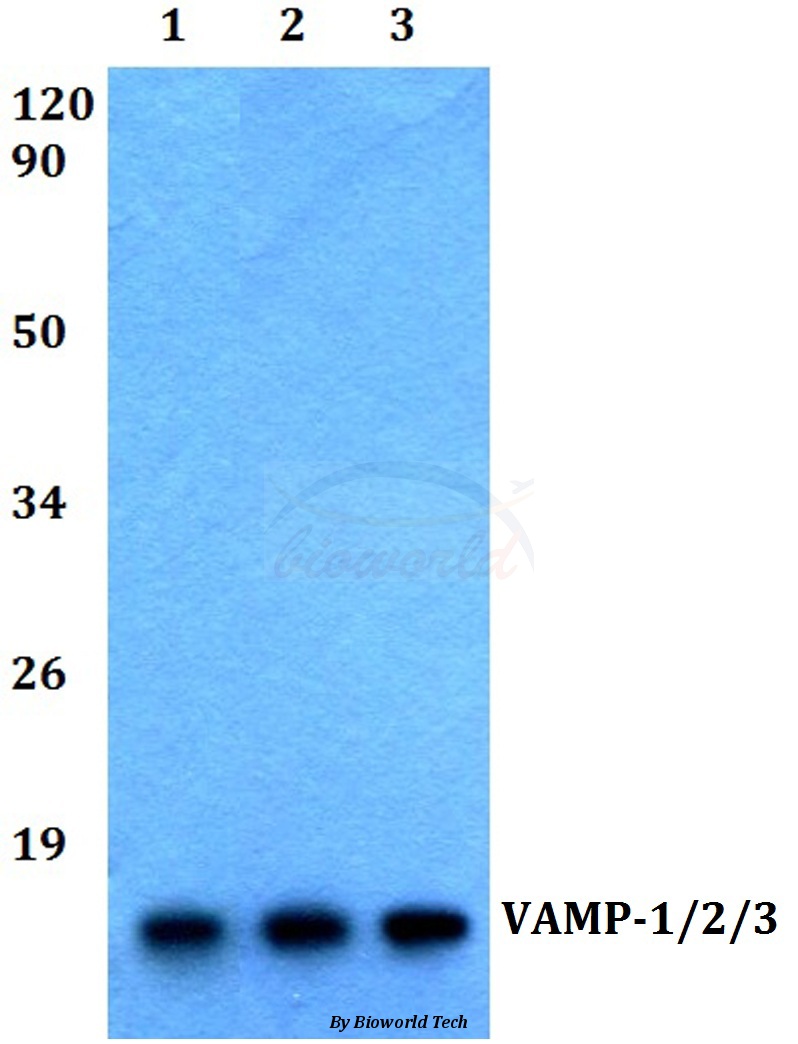

![Western blot of rat brain lysate showing specific immunolabeling of the ~ 16k synaptobrevin protein using Synaptobrevin (VAMP) antibody [SP10] (GTX82588).](https://www.genetex.com/upload/website/prouct_img/normal/GTX82588/Synaptobrevin-VAMP-antibody-SP10_Western-blot_GTX82588-1_w_23061322_377.webp)
![IHC analysis of human neuroblastoma tissue using GTX18013 Synaptobrevin antibody [4E240]. Dilution : 1:50](https://www.genetex.com/upload/website/prouct_img/normal/GTX18013/GTX18013_20191203_IHC_13_w_23060620_784.webp)